The Everest Base Camp Trek is a renowned adventure that takes trekkers on an unforgettable journey through the heart of the Himalayas. Offering breathtaking vistas of iconic peaks, this 14-day trek immerses adventurers in the rich Sherpa culture and stunning natural landscapes. From alpine forests to glaciers, the trek provides a diverse array of experiences that challenge and captivate. With careful preparation and acclimatization, trekkers can safely navigate the high-altitude terrain, making this journey a once-in-a-lifetime opportunity. But what truly sets the Everest Base Camp Trek apart is the chance to witness the awe-inspiring majesty of the world’s highest mountain.
Key Points
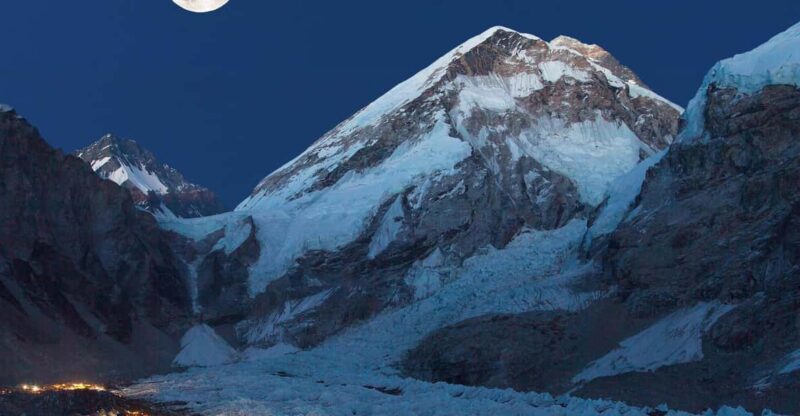
- The Everest Base Camp Trek is a 14-day journey that offers breathtaking views of Mount Everest, Lhotse, Nuptse, and Ama Dablam.
- Acclimatization in Dingboche, trekking to Lobuche, Gorak Shep, and reaching Everest Base Camp are the key experiences of the trek.
- The trek provides opportunities for culture, including engagement with Sherpa communities and visits to ancient Buddhist monasteries.
- Preparation and safety considerations, such as physical fitness, acclimatization, gear, and hiring guides and porters, are essential for a successful trek.
- The trek includes various inclusions and exclusions, and it is important to review them carefully for budget planning and a well-prepared experience.
Trek Overview
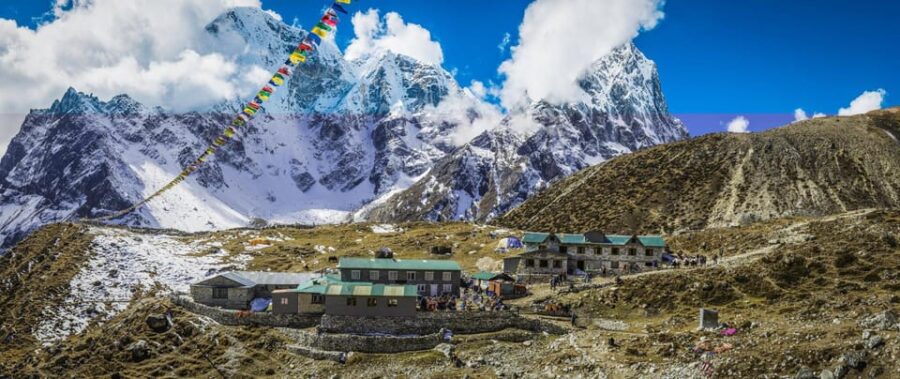
The Everest Base Camp Trek is a highly sought-after adventure that attracts trekkers from around the globe. This renowned trek typically lasts 14 days, starting from Lukla, the gateway to the Everest region.
Highlights include breathtaking views of Mount Everest, Lhotse, Nuptse, and Ama Dablam, as well as visits to iconic spots like Namche Bazaar and Tengboche Monastery.
Key experiences involve acclimatization in Dingboche, trekking to Lobuche and Gorak Shep, reaching Everest Base Camp, and hiking to Kala Patthar for panoramic sunrise vistas.
Trekkers can also enjoy the scenic beauty of snow-capped peaks, glaciers, alpine forests, and diverse wildlife such as Himalayan thars and musk deer.
Ready to hit more trails? More hiking adventures we feature in Namche Bazar
Highlights of the Trek
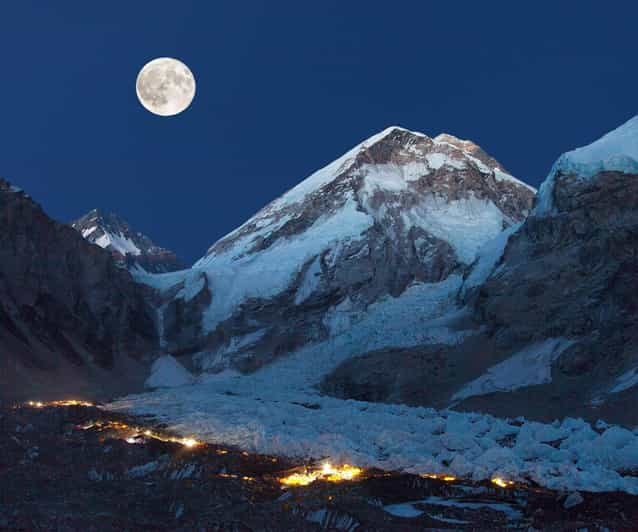
One of the standout highlights of the Everest Base Camp Trek is the breathtaking panorama of the world’s highest peaks. As trekkers ascend, they’re rewarded with awe-inspiring views of Mount Everest, Lhotse, Nuptse, and Ama Dablam. The journey also includes visits to captivating sites like Namche Bazaar and Tengboche Monastery, providing glimpses into the vibrant Sherpa culture. Acclimatization in Dingboche, trekking to Lobuche and Gorak Shep, and reaching Everest Base Camp are all key experiences. Hikers can also witness the sunrise from Kala Patthar, offering a panoramic perspective of the surrounding snow-capped giants. The trek’s scenic beauty is further enhanced by alpine forests, glaciers, and diverse wildlife.
| Highlights | Description |
|---|---|
| Mount Everest | The world’s highest mountain |
| Namche Bazaar | A vital trading center and cultural hub |
| Tengboche Monastery | An ancient Buddhist monastery |
| Kala Patthar | A vantage point for panoramic sunrise views |
| Diverse Wildlife | Himalayan thars and musk deer |
Cultural Immersion
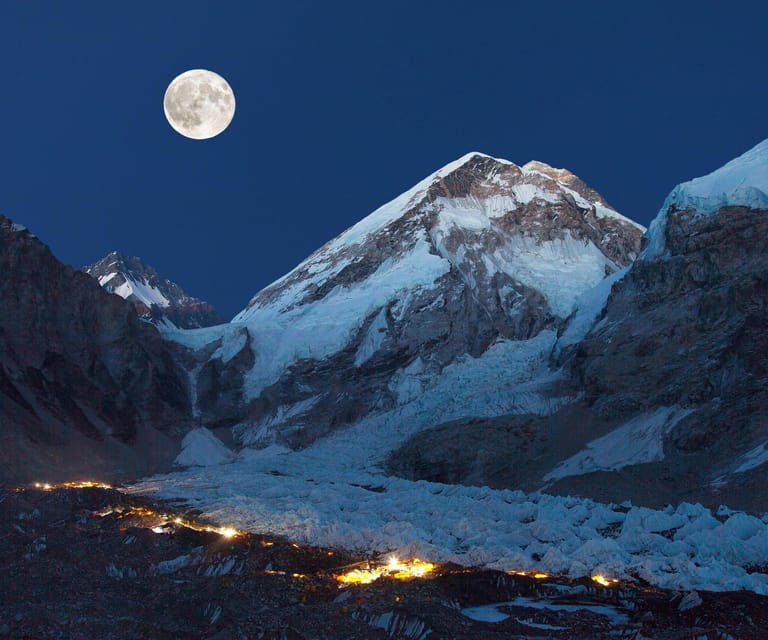
Beyond the stunning landscapes, the Everest Base Camp Trek offers an immersive cultural experience. Trekkers have the privilege of interacting with the renowned Sherpa communities, learning about their unique traditions and way of life.
Visits to ancient Buddhist monasteries, such as Tengboche Monastery, provide insights into the region’s deep-rooted spiritual practices. The vibrant Namche Bazaar serves as a vital trading hub, where trekkers can engage with local artisans and discover traditional Nepalese handicrafts.
This cultural exchange enriches the overall trek, fostering a deeper appreciation for the resilient Himalayan communities whose hospitality and resilience have captivated adventurers for generations.
Community Interactions
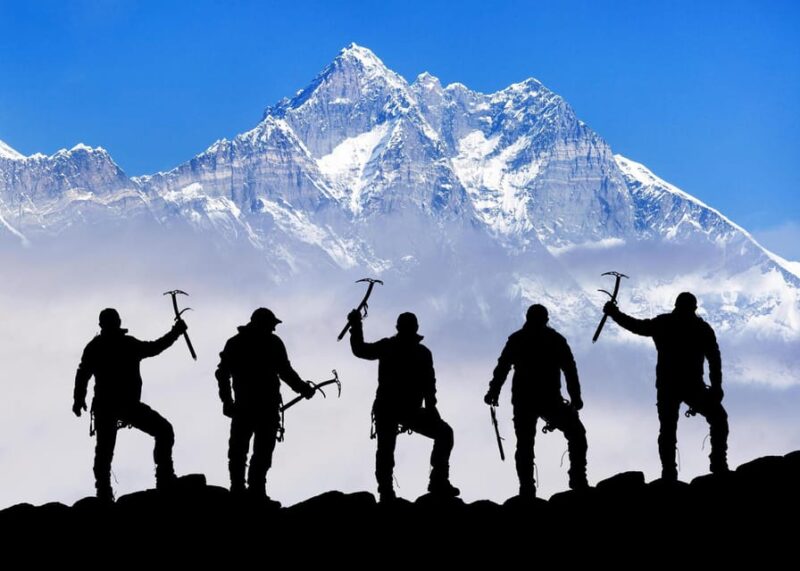
Interacting with the renowned Sherpa communities is a highlight of the Everest Base Camp Trek. These hardy, resilient people have a deep-rooted cultural heritage, and engaging with them provides invaluable insights.
Visitors can witness traditional rituals and festivals, learn about their unique way of life, and gain a profound appreciation for the region’s history and spirituality. The iconic Namche Bazaar, a hub for trade and cultural exchange, offers a captivating glimpse into the Sherpas’ vibrant community.
Trekkers also have the opportunity to visit ancient monasteries, where they can enjoy the region’s Buddhist traditions and observe the daily practices of the monks.
These community interactions enrich the overall trekking experience and leave a lasting impression on all who embark on this journey.
More Great Thing To Do NearbyPreparation and Safety
Proper preparation is crucial for the Everest Base Camp Trek. Trekkers must be physically fit, as the high altitude and rugged terrain pose significant challenges.
Acclimatization is vital to mitigate the risks of altitude sickness. Hikers should pack appropriate gear, including warm clothing, sturdy footwear, and reliable equipment.
Hiring experienced guides and porters is highly recommended, as they can navigate the complex route, manage logistics, and provide emergency assistance if needed.
Travelers should also familiarize themselves with local customs, obtain necessary permits, and consider travel insurance to cover medical emergencies and evacuation.
With thorough planning and a responsible approach, the Everest Base Camp Trek can be an unforgettable and safe adventure.
Challenges and Considerations
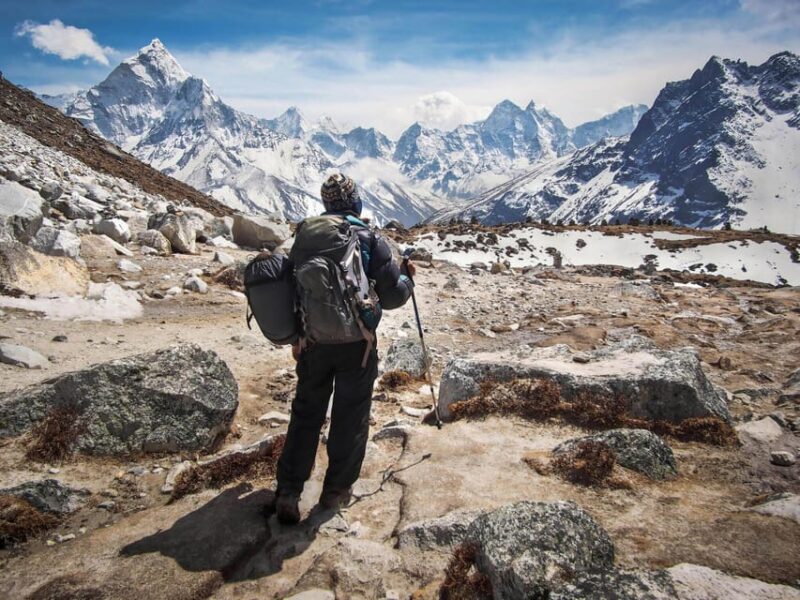
The Everest Base Camp Trek presents several notable challenges and important considerations for prospective trekkers. Navigating the high-altitude terrain, variable weather, and rugged paths requires meticulous preparation. Proper acclimatization is crucial to mitigate altitude sickness, while maintaining adequate fitness is essential to manage the physical demands of the trek. Trekkers must also be mindful of local cultural norms and customs to ensure a respectful and enriching experience.
| Challenges | Mitigation Strategies |
|---|---|
| High Altitude | Gradual ascent, proper acclimatization |
| Unpredictable Weather | Packing appropriate gear, monitoring forecasts |
| Strenuous Trekking | Rigorous physical training, hiring porters |
| Cultural Sensitivity | Researching local etiquette, respecting traditions |
Considering these factors and planning accordingly will help ensure a safe and memorable Everest Base Camp adventure.
Inclusions and Exclusions
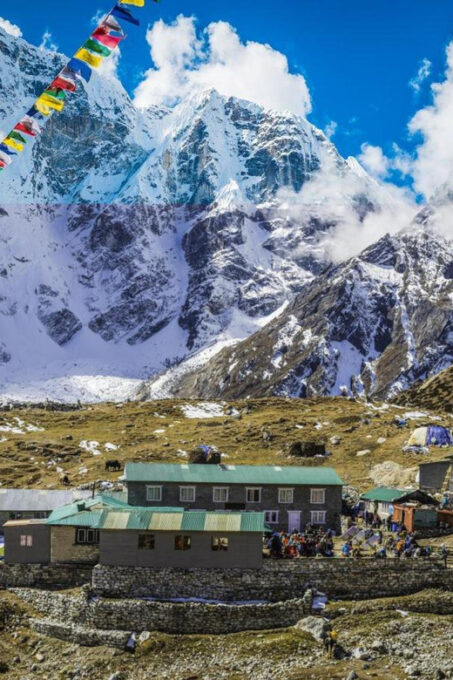
The Everest Base Camp Trek package typically includes a range of essential services and amenities to support trekkers throughout their journey. This covers trekking permits, airport transfers, accommodation in tea houses/lodges, meals during the trek, a professional guide, porter services, a basic medical kit, and emergency evacuation insurance.
However, the package excludes international flights, travel insurance, visa fees, personal expenses, optional activities, extra meals, alcoholic beverages, tips, and additional gear rental.
Careful consideration of these inclusions and exclusions is crucial when planning the trek to ensure a seamless and well-prepared experience.
Booking Information
When planning an Everest Base Camp trek, booking considerations are important to ensure a smooth and well-organized journey. Adventurers can take advantage of the free cancellation policy up to 24 hours in advance for a full refund, and a convenient reserve now & pay later option. It’s crucial to review the group size, fitness assessment, and equipment rental possibilities. Weather conditions and local cultural etiquette should also be taken into account. The trek is not suitable for children under 18 years, and alcohol and drugs are strictly prohibited.
| Key Booking Information | |
|---|---|
| Cancellation Policy | Free up to 24 hours for full refund |
| Payment Options | Reserve now & pay later |
| Group Size | Check availability |
| Fitness Assessment | Required |
| Equipment Rental | Available |
Frequently Asked Questions
Do I Need to Be an Experienced Mountaineer to Attempt the Trek?
No, one doesn’t need to be an experienced mountaineer to attempt the trek. However, a good level of physical fitness, proper preparation, and the guidance of experienced trekking guides are essential for a successful and safe Everest Base Camp adventure.
Can I Rent Trekking Gear During the Trek if I Don’t Have My Own?
Yes, you can rent most trekking gear during the trek if you don’t have your own. Many local outfitters along the route offer rentals of equipment like boots, jackets, sleeping bags, and more to make the trek more accessible.
What Is the Best Time of Year to Undertake the Everest Base Camp Trek?
The best time to undertake the Everest Base Camp Trek is during the spring (March-May) or autumn (September-November) seasons. These periods offer the most favorable weather, clearer skies, and comfortable trekking conditions.
Is It Possible to Extend the Trek and Visit Other Everest Region Destinations?
Yes, the Everest Base Camp Trek can be extended to include visits to other destinations in the Everest region. Trekkers can add side trips to Gokyo Lakes, Ama Dablam Base Camp, or even attempt climbing Kala Patthar for stunning views of Mount Everest.
Are There Any Vaccination Requirements for the Everest Base Camp Trek?
There are no specific vaccination requirements for the Everest Base Camp trek, but travelers are advised to ensure they’re up-to-date on routine vaccinations and consider getting recommended shots like hepatitis A and typhoid fever before the trek.
Recap
The Everest Base Camp Trek is a remarkable adventure that offers trekkers the opportunity to enjoy the breathtaking Himalayan landscape and rich Sherpa culture. With careful preparation and awareness of the challenges, adventurers can safely navigate this trek, creating unforgettable memories and a deeper appreciation for the majestic peaks and the resilient people who call this region home.
You can check if your dates are available here:More Hiking & Trekking Tours in Namche Bazar
More Tour Reviews in Namche Bazar
Not for you? Here's more things to do in Namche Bazar we have recnetly reviewed
- 4 Best Tours In Namche Bazar
- 6 Best Helicopter Flights And Tours In Namche Bazar
- 8 Best Hiking And Trekking Tours In Namche Bazar
- Mt.Phari Lapcha Peak Climbing
- Mt.Kyazo Ri Peak Climbing
- Everest Base Camp Tour
- Everest Base Camp Trek 12 Days
- Everest Base Camp Trek With Helicopter Return
- Lobuche East Climbing
- Mt.ABI
- Ride Horse to Everest Base Camp
- Everest Three High Passes Trek: 17-Day Guided 3 Passes Trek
